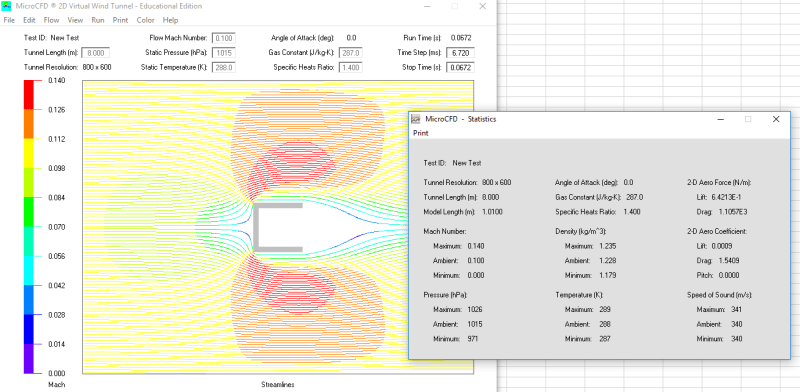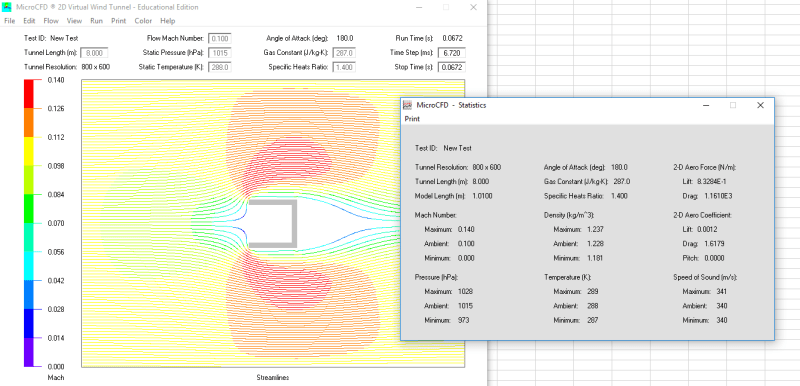Be carful comparing this square 'open-box' to a flat plate.
Speculation...
As a practical matter I would expect some odd/unstable 'spill-over' and vorticity formations/shedding off the up-stream-facing 'box-edges'... which would make for hard-to-predict rumbling and vibration modes... and a tendency to have a pitch-over moment.
IF the 'box-edges' were facing opposite [down-stream] the cavity-edges might generate vorticity roll-up into the low pressure aft-facing cavity increasing relative Cd. This might be a more stable shape.
Of course, anything on a rigid mast mounting and of reasonably small size might survive in open-air flow... at relatively low angles of attack [from perpendicular flow].
Regards, Wil Taylor
o Trust - But Verify!
o We believe to be true what we prefer to be true. [Unknown]
o For those who believe, no proof is required; for those who cannot believe, no proof is possible. [variation,Stuart Chase]
o Unfortunately, in science what You 'believe' is irrelevant. ["Orion", Homebuiltairplanes.com forum]


